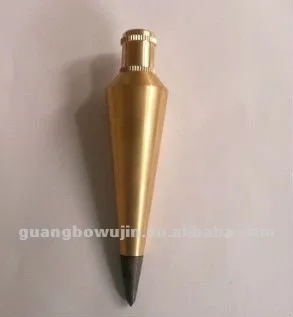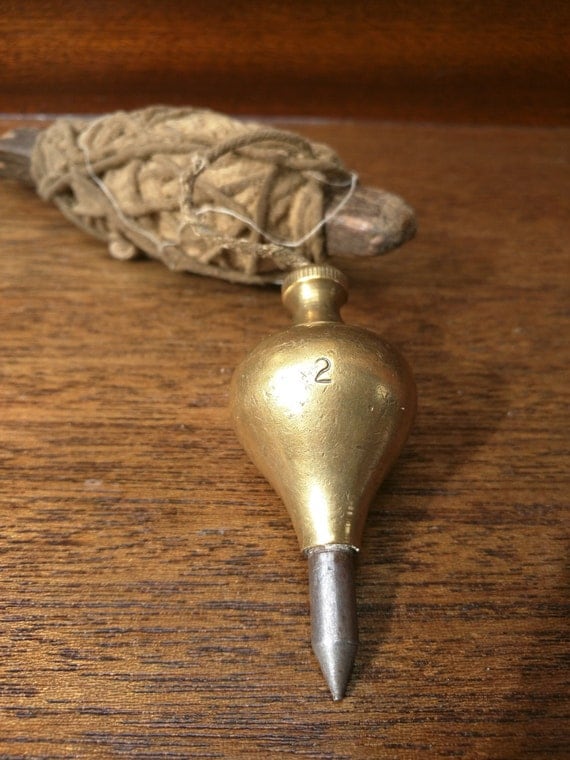


The zinc or nickel creates an impervious metallic barrier around the steel and does not permit water to contact the steel. Some steel plumb-bobs are given a zinc or nickel coating for increased resistance to corrosion. Steel is prized for its hardness, durability and resistance to corrosion. Solid steel plumb-bobs have been in production since the late 19th century. With the invention of steel, plumb-bob manufacturers began adding steel components such as a steel tip to increase accuracy and the longevity of the tool’s use. Much more commonly, the materials modern plumb-bobs tend to be made from are:Īs metallurgy skills increased through the ages, plumb-bobs made from brass became increasingly common, as brass (an alloy of copper and zinc) was cheaper to manufacture than bronze.īrass is used for plumb-bobs as it is a dense, relatively malleable material that resists corrosion and is also considered more aesthetically pleasing than bronze. Just as technology advances and renders older machines obsolete, so it is with these plumb-bobs. Plumb-bobs made from these materials are rarely used these days or were never intended for practical use. Other models, which were usually reserved for decorative purposes only, were carved from bone or ivory. Traditionally, plumb-bobs were made from stone, hardwood, lead, or bronze.

Being one of the oldest tools known to humankind, the plumb-bob has been made out of variety of materials over the millennia, from simple stone to hardened steel.


 0 kommentar(er)
0 kommentar(er)
